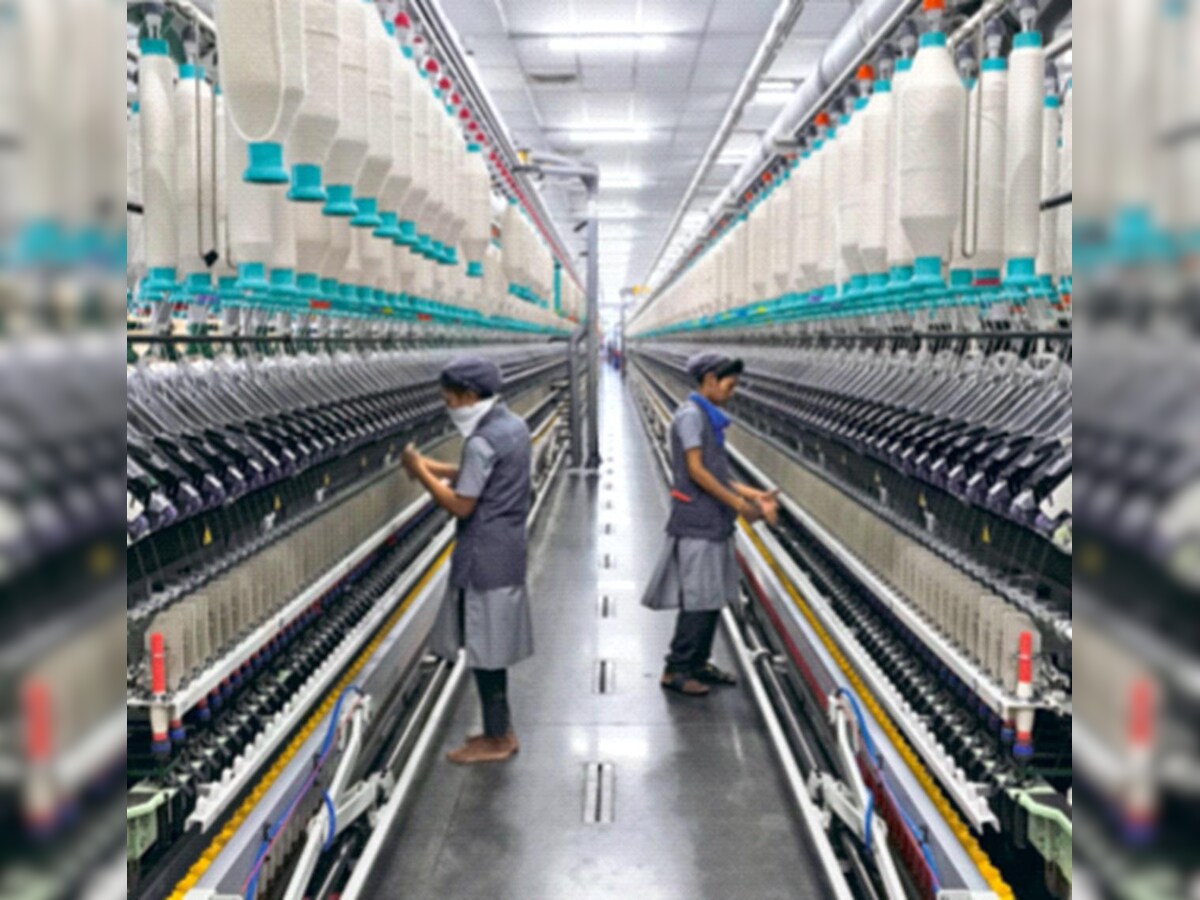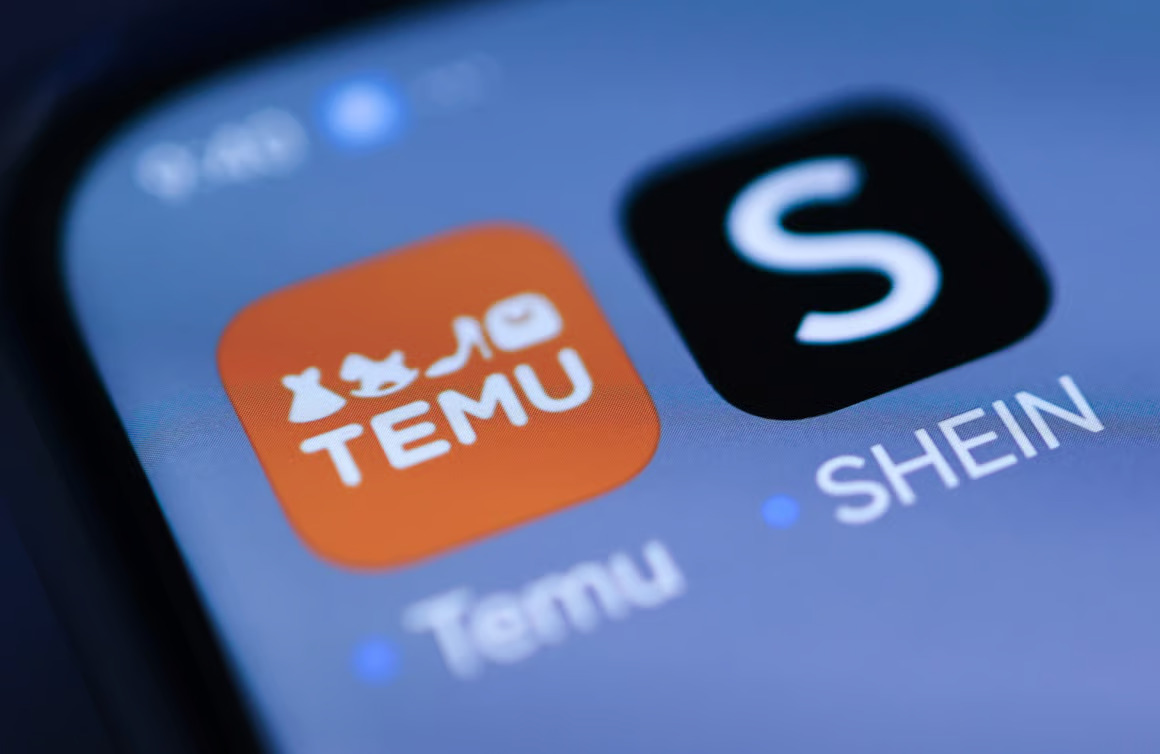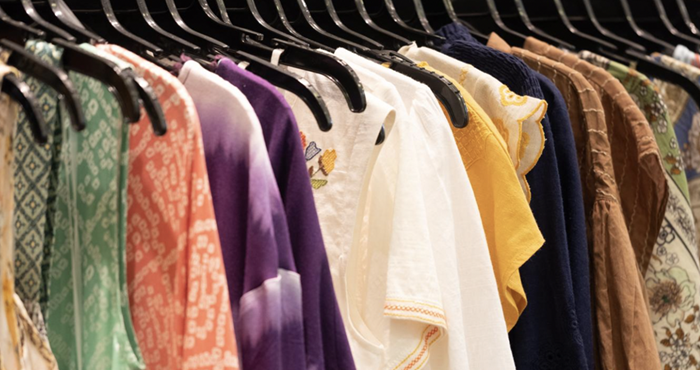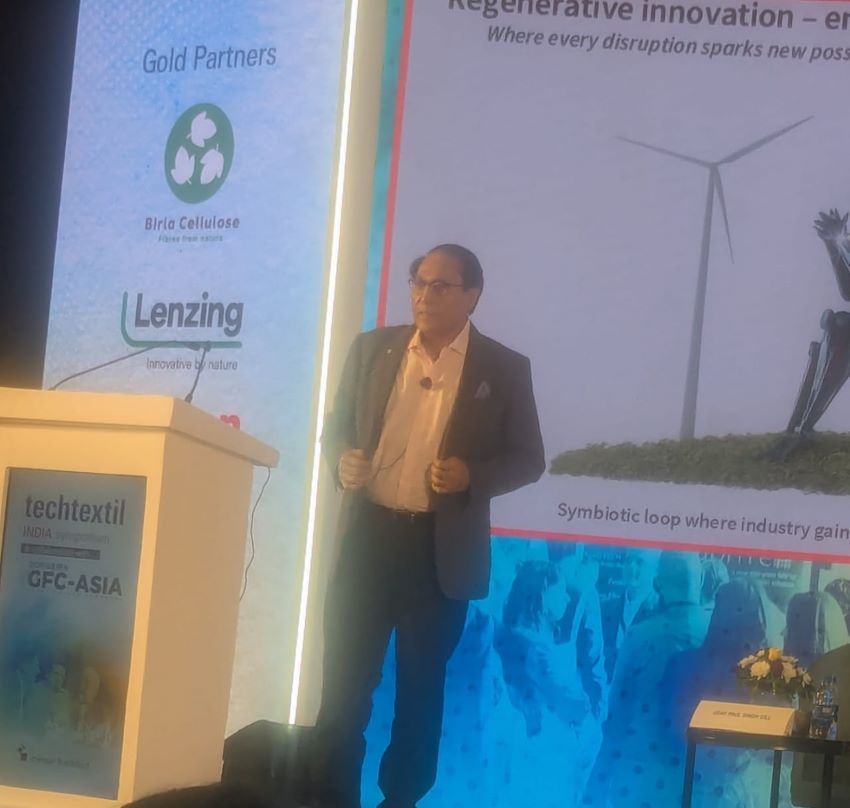"Rising labor costs in East Asia and tax-free access to the US market is encouraging Asian textile and garment manufacturers and Western buyers to turn to Egypt. China is planning to move 20 per cent of its production to Egypt either by setting up shop, through mergers or full acquisitions of local companies. The US-China trade war is also pushing Chinese manufacturers to look for new hubs to avoid potential tariffs of 25 percent into the US."
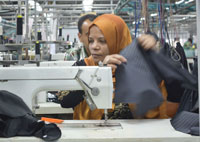 Rising labor costs in East Asia and tax-free access to the US market is encouraging Asian textile and garment manufacturers and Western buyers to turn to Egypt. China is planning to move 20 per cent of its production to Egypt either by setting up shop, through mergers or full acquisitions of local companies. The US-China trade war is also pushing Chinese manufacturers to look for new hubs to avoid potential tariffs of 25 percent into the US.
Rising labor costs in East Asia and tax-free access to the US market is encouraging Asian textile and garment manufacturers and Western buyers to turn to Egypt. China is planning to move 20 per cent of its production to Egypt either by setting up shop, through mergers or full acquisitions of local companies. The US-China trade war is also pushing Chinese manufacturers to look for new hubs to avoid potential tariffs of 25 percent into the US.
QIZ enables duty-free export of garments to Egypt
The Qualifying Industrial Zones (QIZ) program allows Egyptian manufacturers to export garments to the US duty-free, if at least 10.5 percent of raw materials used in the garment are Israeli. As the Readymade Garment Export Council of Egypt notes, these zones, established by the US Congress in 1996, have generated over $8.6bn in exports since 2004.
The scheme has also raised concerns among Egyptians who reject normalisation of relations with Israel and specifically 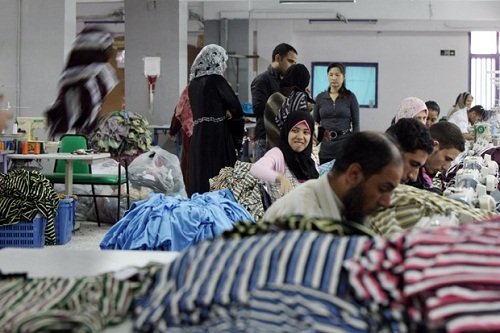 protested against QIZs during the 2011 uprisings. Last year, exports from the QIZs were worth $752.7 million while in the first half of 2018, exports to the US grew by 25 per cent, according to QIZ Egypt figures. QIZ exports account for 46.7 percent of Egypt’s total exports to the US.
protested against QIZs during the 2011 uprisings. Last year, exports from the QIZs were worth $752.7 million while in the first half of 2018, exports to the US grew by 25 per cent, according to QIZ Egypt figures. QIZ exports account for 46.7 percent of Egypt’s total exports to the US.
Egypt wants to bolster the current garment and textile exports, roughly split between the EU and US, to $10 billion by 2025. If this figure is achieved, around $5 billion or more would be destined for the US, significantly increasing the amount Israel will net through the QIZ agreement. Chinese firms will also benefit from the QIZ agreement, and directly bolster Israeli exports. Such an uptick in exports is considered probable given the historical trajectory of other garment manufacturers to reach over $5bn in annual exports.
A major sourcing hub for Chinese companies
China has invested around $6 billion in Egypt over the past four years, while $18 billion in deals were signed with Chinese companies during President Abdel Fattah al-Sisi’s visit to Beijing in September, including railway, real estate and energy projects. Chinese businessmen see Egypt as a major sourcing hub for Chinese companies as they expect up to 50 per cent of Chinese production to relocate.
On its part, to attract foreign investment, Egypt has established a new industrial city in New Suez, slated to open at the end of the year, and allocated 1.2 million sq. mt. of land in the industrial zone of El Minya in Upper Egypt. Foreign companies can employ up to 25 per cent non-Egyptian workers.
Egyptian companies may feel the squeeze by Ethiopia
A particular growth driver of Egypt’s garment exports is the expansion of Hong Kong-based Li & Fung, the world's leading supply chain solutions partner which connects buyers, retailers and suppliers for consumer brands and retailers, in the country.
Currently, out of the $16 billion in volume and five billion pieces of clothing that Li & Fung sourced globally last year, just $30 million – or 1.62 million pieces - were from Egypt. By 2019, Li & Fung wants to double that figure, and by 2022 aims to source $90m from Egypt.
Yet while Egypt offers favorable investment terms to foreign companies - Turkish and South Korean firms are already established at QIZs– Egyptian companies may feel the squeeze in future as Ethiopia offers free land and low wages and electricity. Besides, the country also has an FTA with the USA.


